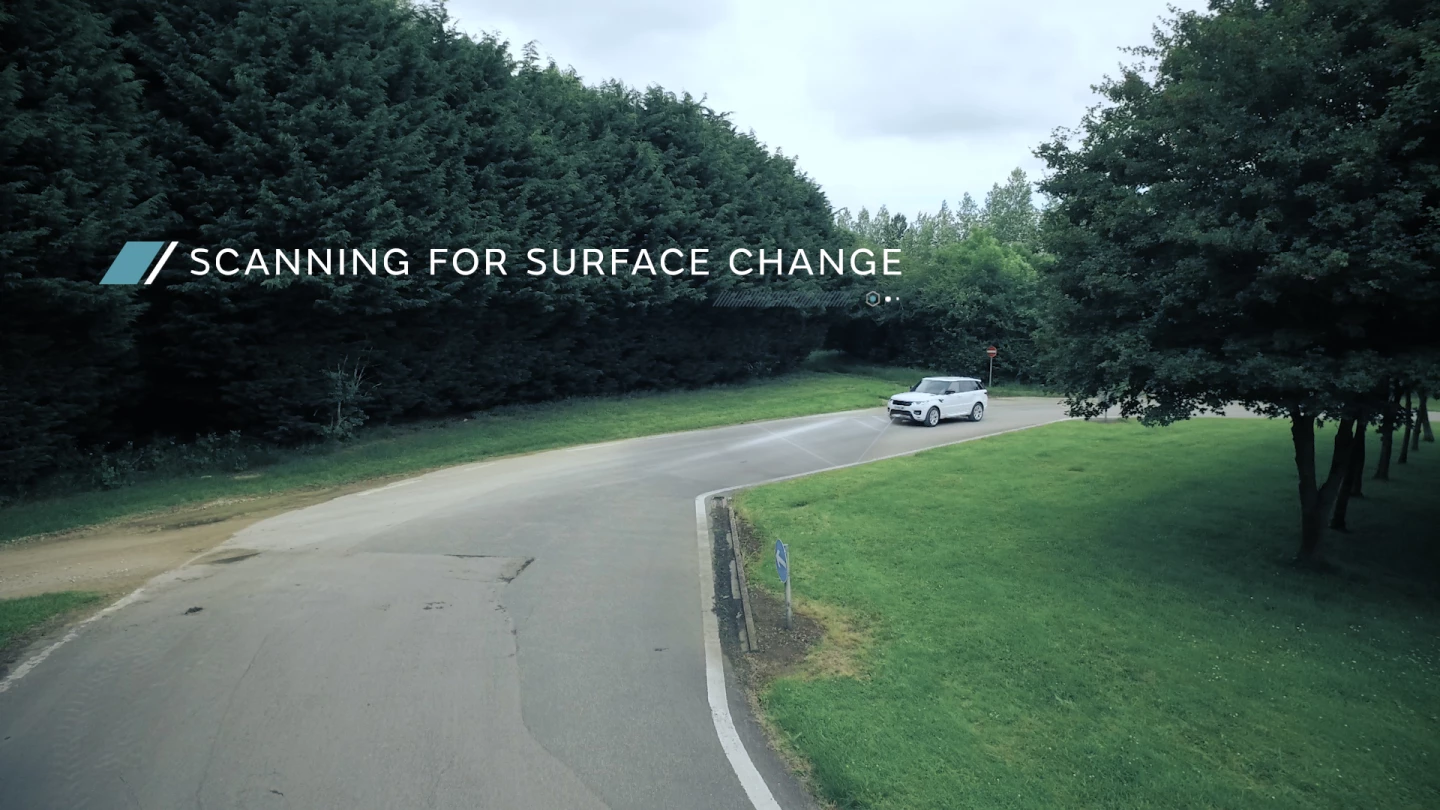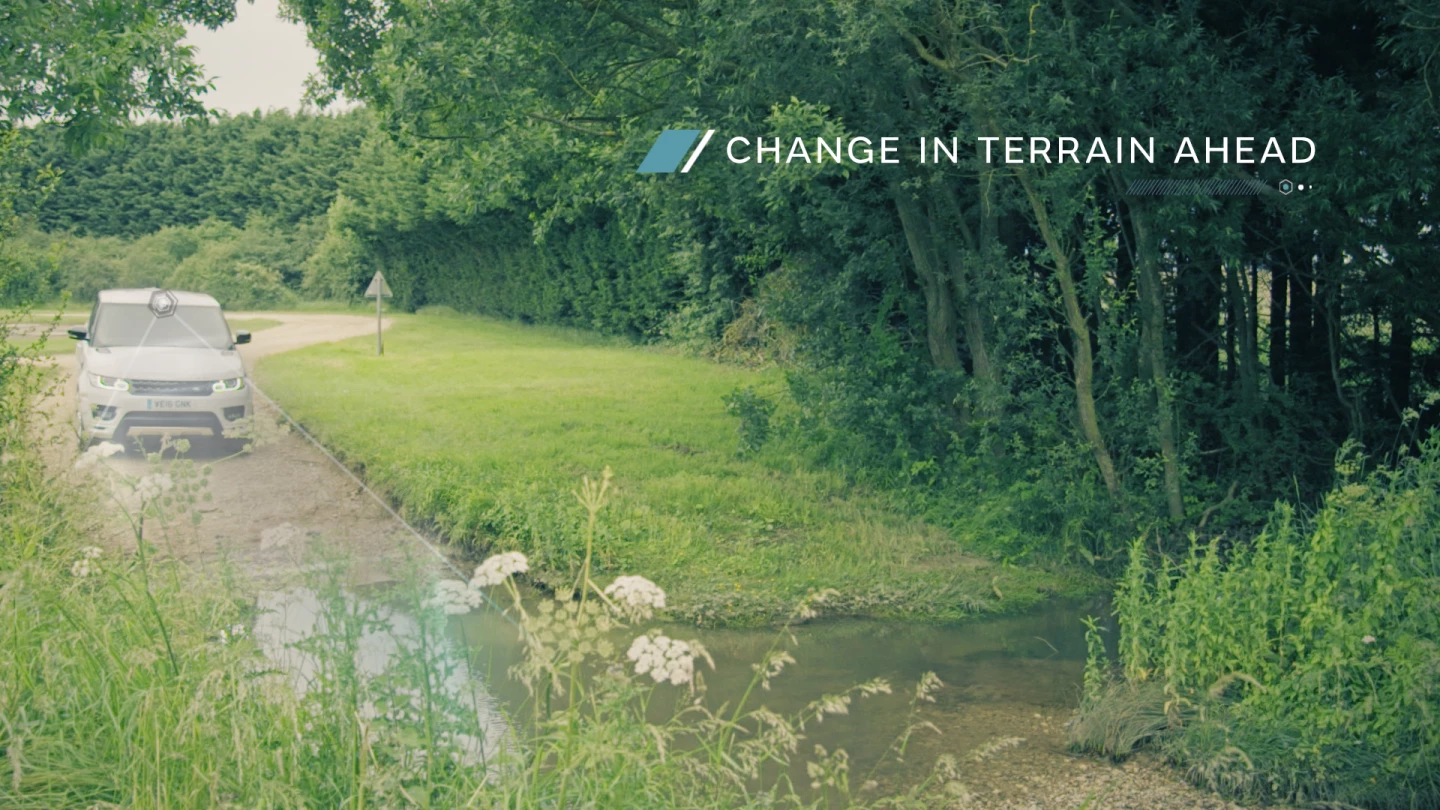As a company founded on go-anywhere capability, Land Rover needs to think about autonomous driving in a slightly different way to most other brands. The way a Discovery Sport, Evoque or Range Rover tackles a trail is intrinsic to its appeal, an appeal engineers are trying to autonomously recreate in their new research project.
There are more benefits to multi-surface autonomous cars than "rugged" marketing. Every day we're faced with roadworks and gravel driveways, and anyone who's been camping will know the best spots often hide down the tightest, muddiest trails. Autonomous cars aren't much use to us if they're flummoxed by the first hint of mud, so Land Rover is working to make sure they aren't.
The first part of the project concerns surface identification and path sensing, helping the car to form an accurate picture of what it's driving on and obstacles along the way. Ultrasonic sensors scanning five meters (16.4 ft) ahead of the car are used to identify road surface conditions, allowing the self-driving off-roader to automatically switch into the right mode before it reaches a new surface.

This is especially relevant when you're on sand, where stopping to change modes and settings could be the difference between getting bogged or maintaining enough momentum to make it through.
As well as sensing what's happening on the road below, stereo cameras are used to form a 3D picture of the car's path, sensing any overhanging branches and warning the driver if they're likely to get tangled up with their car. After all, wouldn't want to scratch that expensive SVO paintwork, would you?
Successfully navigating off-road trails is one thing, but keeping the driver and their passengers comfy while doing so is another. The Terrain-Based Speed Adaptation (TBSA) system uses cameras to identify bumpy terrain, and then adjusts the vehicle's speed to most effectively navigate it, hopefully making for smoother progress across washboard gravel or pockmarked trails.

Integrating all these technologies in one car is useful, but autonomous cars and trucks do their best work when they're connected. On the road, effective vehicle-to-vehicle communication means smaller gaps between cars and less traffic, off road it can be just as useful.
"If a vehicle has stopped, other vehicles in the convoy will be alerted – if the wheels drop into a hole, or perhaps slip on a difficult boulder, this information is transmitted to all of the other vehicles," says Tony Harper, Head of Research at Jaguar Land Rover. "In the future, a convoy of autonomous vehicles would use this information to automatically adjust their settings or even change their route to help them tackle the obstacle. Or for the ultimate safari experience, cars following in convoy would be told by the lead car where to slow down and stop for their passengers to take the best photographs."
These technologies are currently being tested as a part of Jaguar Land Rover's autonomous all-terrain driving research project.
Source: Jaguar Land Rover











